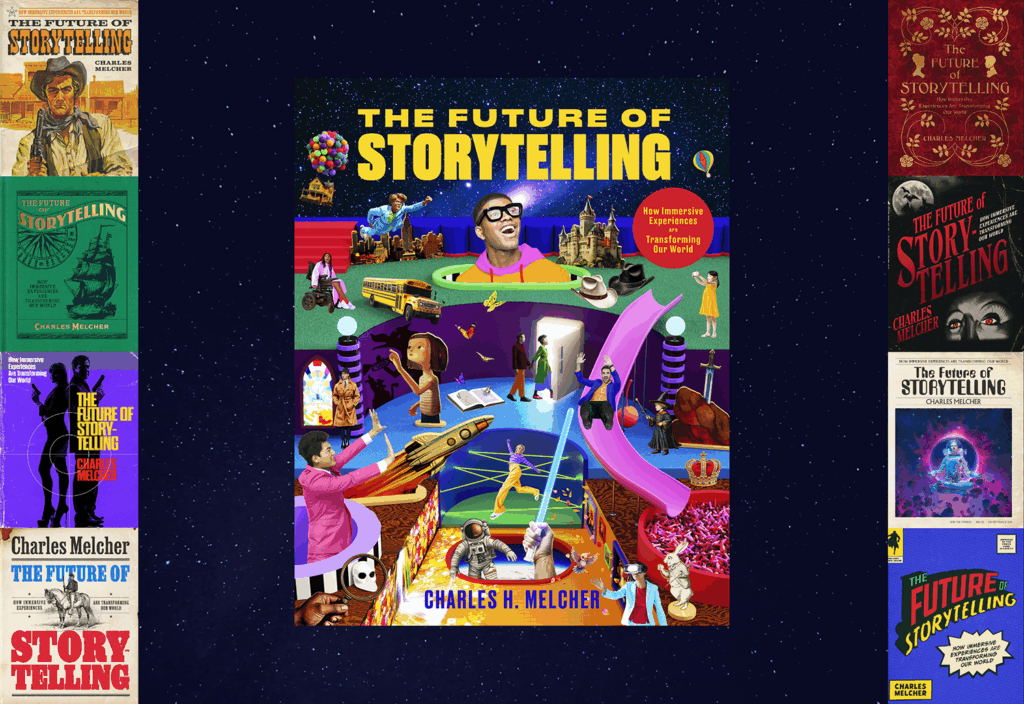jos. A. Bank Clothiers Inc. has just begun testing e-mail marketing, but already the company is seeing a substantial benefit to testing offers in the virtual world rather than the physical: cost.
Carl Erikson, divisional vice president of catalog marketing for the Hampstead, MD-based men’s apparel marketer, notes that it costs about 3 cents to test a product offer with e-mail, compared to at least 32 cents for a paper catalog.
So far, Jos. A. Bank has tested three e-mail campaigns promoting its online catalog. The most recent e-mail discount tested by Jos. A. Bank offers $50 off on purchases of suits and free delivery for online orders. Although the tests are still too small to yield enough data for analysis, Erikson says he believes e-mail will become a very effective marketing tool in the future.
“We’re still building our e-mail list,” he notes, “but already we’ve sent tens of thousands of e-mails out.” Although new media sales – from e-mail campaigns and the company’s Web site (www.josbank.com) have topped $1 million, more than 90% of catalog sales are still generated by six regular catalog mailings, he says. Between 8 million and 9 million print catalogs are mailed annually.
A major advantage of online marketing is the ability generate data based on more than just actual sales. With a paper catalog, marketers are generally limited to looking at recency, frequency and monetary analysis of previous orders, says Erikson. But online, DMers can study what products interest customers by tracking how they navigate around a site.
E-mail marketing does have some drawbacks hindering its growth, he notes, such as having to start from scratch building lists, and a near total lack of list services for processing e-mail lists and updating addresses.
“There is no e-mail list hygiene. Nothing like the NCOA [National Change of Address system] exists. Someone like me has five old e-mail addresses,” Erikson says. “I’ve not rented any e-mail lists because I hear the integrity of e-mail lists is iffy at best.”
Demographically, Jos. A. Bank targets men 45 to 60 with incomes in excess of $75,000 with little free time for shopping. Preliminary findings indicate many customers who receive catalogs by mail will go online to place orders, particularly after 9 p.m.
Over the past year Internet sales increased as traditional catalog sales declined for the company. Total sales – including retail and catalog – increased 5% during the second quarter to $44.2 million, compared to $41.9 million in the second quarter of 1998.
Jos. A. Bank spent more than $1.5 million during the second quarter on marketing technology. The company poured $1 million into a new automated catalog information system and Y2K-compliance safeguards, about $500,000 on retail advertising and marketing, and $80,000 to upgrade its Internet site and Web advertising links. Technology upgrades scheduled this fall will enable the company to receive orders directly from the Internet. Jos. A. Bank presently receives Internet orders forwarded on print-outs by R.R. Donnelley Select Source, a Web site for online catalogs developed by the new media division of the printing company. Jos. A. Bank is working with Donnelley to integrate its Web site and online catalog with its in-house computerized order processing systems to keep up with the growing numbers of orders coming from the Internet.
“Donnelley takes photos used in catalogs and puts them up on the Web. Right now the orders go into Donnelley’s service. We receive print-outs daily and literally re-key the orders,” says Erikson.
“This fall we’ll integrate our systems so that orders go directly into our computer,” he continues. “We started small so re-keying wasn’t a significant issue, but now integrating the systems will save on re-keying labor costs and give customers faster service.”



